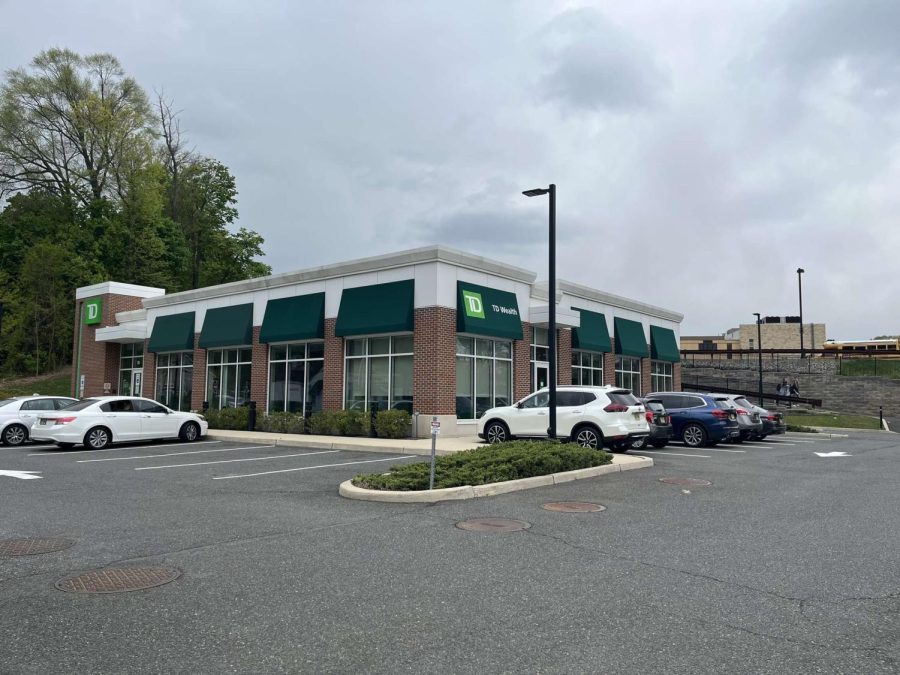On Friday, March 10th, the United States witnessed its second-largest bank failure in history, as the Silicon Valley Bank turned belly up, crippling Start-Ups, and inflicting a nation-wide banking panic.
Two months prior, you had likely never even heard of the SVB, however, in the past few weeks it has been at the top of every headline, and the talk of many prominent politicians and investors. The SVB was a state-chartered commercial bank based in Santa Clara, California. It dealt primarily with small business Start-Ups, issuing loans to many new companies rejected by larger banks. Founded in 1983 it was in every respect a legitimate and stable bank, yet on March 10th its 40 years of service ended in a mere matter of hours.
The SVB, much like many other banks, took advantage of the zero interest rate policy, such as the one seen towards the end of 2008 to 2015, following the 2008 financial crisis, and throughout 2020 and 2021. This is a macroeconomic idea describing a near-zero nominal interest rate. This means that banks such as the SVB could invest in U.S. government bonds, which are considered to be a very safe investment, and reap a relatively high payout after a set period of time (3 months, 1 year, 10 years, etc). An inherent problem with government bonds, however, is that they are generally low in value, and provide a small profit margin. Seeking a high return, the SVB invested in a large amount of HTM bonds, $91 billion worth of bonds specifically.
HTM bonds are bonds that are held until maturity (HTM) and are dictated to pay out at a specific date. What was normally a relatively safe investment turned into a nightmare for the SVB as the Federal Reserve began hiking interest rates to combat inflation, skyrocketing the rates from 0.08% in February of 2022 to 4.58% in March of 2023. This meant that the SVB were at an immense loss as their bonds lost significant value.
In an attempt to reclaim some of their lost capital, the SVB announced that they would sell $2.25 billion worth of shares, which created an immediate mass panic among SVB’s customers. This in conjunction with the fact that a shocking number of their investments were uninsured was what ultimately destroyed the bank. With nearly $190 billion in deposits, over 93% of them were uninsured, a number that was unprecedented. This was because while the SVB was FDIC-insured, the vast majority of its deposits were over the regulatory $250,000 limit. With all of this in mind, customers swarmed to SVB on March 10th in a bank run withdrawing $42 billion dollars in less than a day effectively ending the bank.
Following the collapse of the SVB, trading in PacWest Bancorp and the First Republic bank was closed, as their shares plunged over 52% and 65% respectively. While the Fed continues to hike interest rates and banks across the country feel the effects of the collapse, an economic recession is not out of the question, and only time will tell how not only national, but global markets will recover from the second-largest bank failure in U.S. history.






